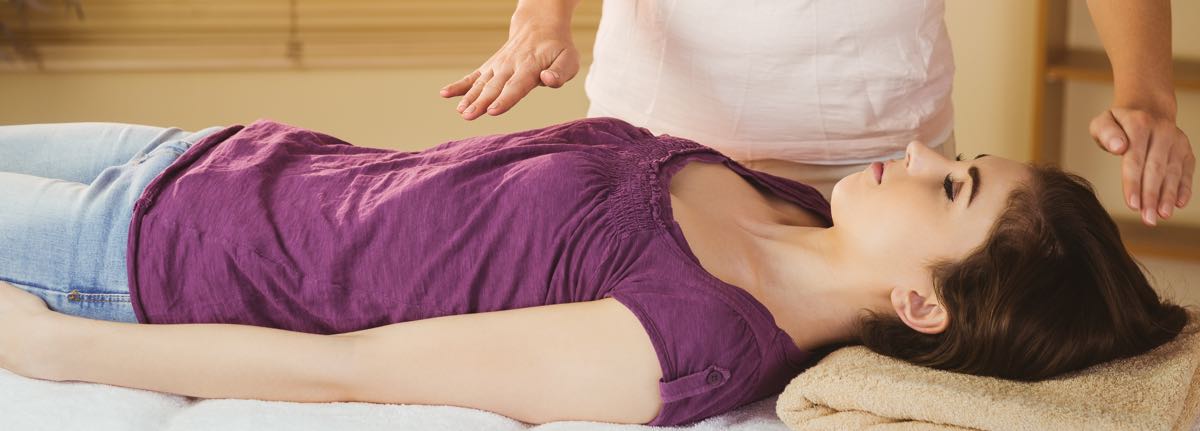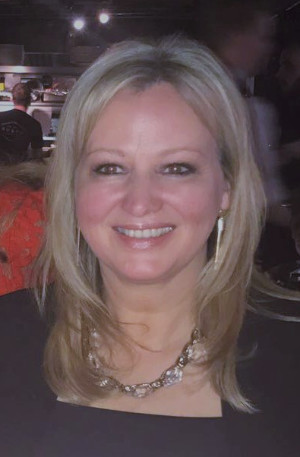
Reiki
Origins of Reiki
Reiki was rediscovered in the mid 1800’s by a Japanese born Buddhist monk, Dr. Mikao Usui. While teaching in a college, Dr. Usui was asked by a student how Jesus facilitated the healing miracles that he performed. The question had planted a seed and set Dr. Usui out on the path to answer ‘that question’. Dr. Usui was determined to learn the secret healing so that he may help others and his journey took him to many countries.
During his journey Dr Usui travelled to the holy mountains of Kori Yama where he fasted and meditated for 21 days in order to attain a high altered state of consciousness which he believed would empower him with the healing energy. On the morning of the 21st day, Dr. Usui was beginning to become frustrated with his situation. As he was about to give up and leave, that a great spiritual energy came down into the top of his head and he became enlightened. The energy also bought with it Reiki Ryoho, which is the ability to heal.
Dr. Usui returned to his monastery but decided after a few days to go to a beggar city, in the slums of Kyoto, to treat beggars and help them lead a better life. He spent 7 years in the slums, treating many illnesses. However, he noticed that the same individuals were returning. When he asked one of them why they had not started a new life he was told that it was much easier to go on begging than carry the responsibility of starting over.
As a result, Dr. Usui learnt two very important elements: healing of the spirit and the responsibility of the healee in the healing process. He had realised that while concentrating on healing the body, the spirit was remained unhealed. He believed that reiki could only truly benefit those who could embrace a life of complete healing. Therefore, he made a decision that those who wanted to receive reiki needed to be willing to make a mental commitment to healing as well as a physical commitment. It is this premise, on which Dr Usui reiki principles are based.
What does the session consist of?
A complete Reiki session is offered to a fully clothed recipient who is lying on a treatment table or sitting comfortably supported in a chair. It will be warm and comfortable.
Most commonly, Reiki is offered through light, non-invasive touch with the practitioner's hands placed and held on a series of locations on the head and torso. The placement of the hands should never be intrusive or inappropriate, nor should there be any pressure.
Additional placements on the limbs can be done as needed (for example, if there is an injury or surgical scar), and some practitioners routinely do so. The Reiki practitioner can hold her hands just off the body if needed.
What might I experience?
There have been many different experiences reported including: Tingling sensation, deep heat, feeling of total relaxation.
The experience of Reiki is subjective, changeable, and sometimes very subtle. People often experience heat in the practitioner's hands, but sometimes the practitioner's hands feel refreshingly cool. Other common experiences are subtle pulsations where the practitioner's hands are placed or cascading waves of pulsations throughout the body.
People often comment how comforting they find the experience of Reiki to be. An interesting study reported that recipients frequently feel that they are hovering in a threshold state of consciousness, simultaneously aware of their surroundings and deeply indrawn. Some people fall into a deep, sleep like meditative state. Sometimes the experience of Reiki is dramatic, while for other people, the first session in particular may be uneventful, although they feel somehow better afterward. The most common experience is an almost immediate release of stress and a feeling of deep relaxation.
Joan Fleming
Reflexology and Reiki Practitioner, Liverpool
Tel: 07722 276592

Joan Fleming
Based in South Liverpool, I am a highly skilled and qualified Reflexologist and Reiki Practitioner.
I am a Member of the Association of Reflexologists
I have studied in India at The Aithein school of Massage in Goa and have a qualification that is recognised by the Indian government.
www.aor.org.uk


